Blue Willow (c. early 1990s) Churchill Bowl: 57,100 +/- 1,600 ppm Lead. More than 90 ppm is unsafe for kids.
The markings on this piece are as follows: “Fine English Tableware” – Churchill – “Made in Staffordshire, England”
To see more “Made In England” pieces I have tested, Click Here.
To see more Blue Willow pieces I have tested, Click Here.
The woman who sent me this bowl told me she purchase it at a Publix Supermarket in the early 1990s.
Unfortunately consumers assume that “Made in England” always means high quality (especially when we talk about bone china), and that high quality means safe (or even explicitly lead-free.) This is simply not the case. More often than not “Made in England” china and dishware (and mugs) is actually very high Lead – even more modern pieces made in the past 10 years.
To provide context for the readings you will see below in this post, the amount of Lead that is considered toxic in the paint or coating of newly manufactured item made today and intended for use by children is anything 90 ppm Lead or higher (or 100 ppm or higher in the substrate.)
When tested with an XRF instrument for at least 30 seconds per test the readings for the bowl pictured here were as follows:
Blue and white interior food-surface of bowl:
- Lead (Pb): 40,000 +/- 1,000 ppm
- Mercury (Hg): ND (non-detect/ negative)
- Cadmium (Cd): ND (non-detect/ negative)
- Arsenic (As): ND (non-detect/ negative)
- Barium (Ba): 357 +/- 78 ppm
- Zinc (Zn): 480 +/- 53 ppm
- Copper (Cu): 94 +/- 44 ppm
- Iron (Fe): 1,185 +/- 193 ppm
- Vanadium (V): 460 +/- 224 ppm
- Titanium (Ti): 720 +/- 327 ppm
- Cobalt (Co): 5,071 +/- 291 ppm
White exterior surface of bowl (image above):
- Lead (Pb): 48,300 +/- 1,300 ppm
- Mercury (Hg): ND (non-detect/ negative)
- Cadmium (Cd): ND (non-detect/ negative)
- Arsenic (As): ND (non-detect/ negative)
- Barium (Ba): 388 +/- 86 ppm
- Zinc (Zn): 114 +/- 32 ppm
- Iron (Fe): 625 +/- 169 ppm
Continue reading below the image.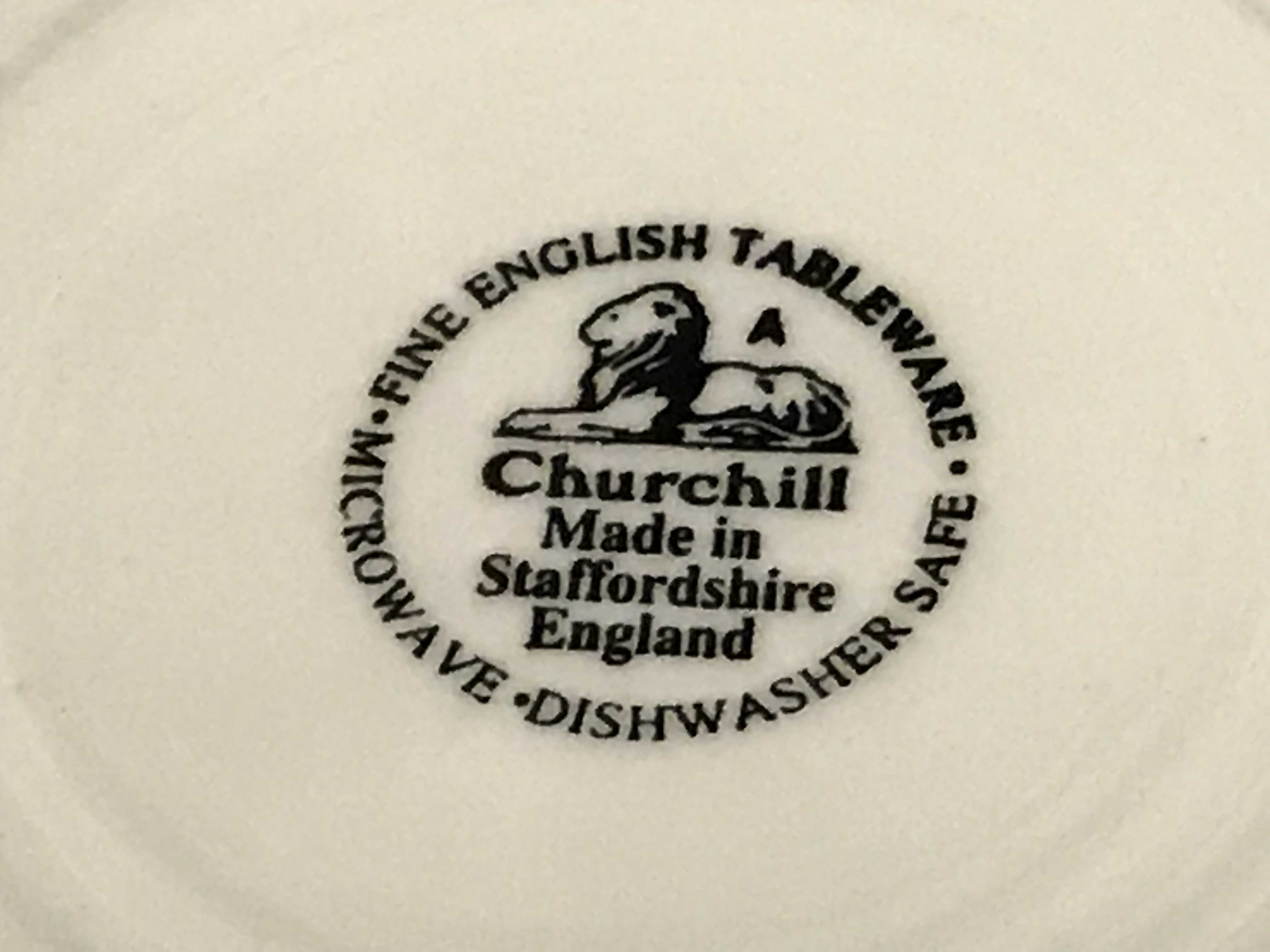
- Lead (Pb): 57,100 +/- 1,600 ppm
- Mercury (Hg): ND (non-detect/ negative)
- Cadmium (Cd): ND (non-detect/ negative)
- Arsenic (As): ND (non-detect/ negative)
- Barium (Ba): 514 +/- 98 ppm
- Zinc (Zn): 114 +/- 32 ppm
- Nickel (Ni): 708 +/- 115 ppm
- Iron (Fe): 1,184 +/- 214 ppm
- Cobalt (Co): 485 +/- 120 ppm
To learn more about XRF testing, Click Here.
To learn more about the concern for lead in pottery and dishes, please click here.
Takeaway: Given the age and very high Lead levels of this piece I would not consider it safe to eat off of. Even if it had passed leach testing at one point in it’s history (although it is unlikely that it was leach tested when it was made in the early 1990s, because leach testing was not required then) after nearly 30 years of use it would likely be leaching by now.
Lead-free alternatives are inexpensive and easy to find today and the cost of leach testing a pattern like this is relatively high (you could buy a whole new set of dishes usually for less than it would cost to do laboratory leach testing on a single dish!) As a result I always encourage people to try to get past any sentimental ties to vintage dishes like this that they may own and instead buy something lead free to replace them. This link is one of my top choices for lead-free dishes.*
As always, thank you for reading! Please let me know if you have any questions!
To see more Willow pieces I have tested, click here.
Tamara Rubin
#LeadSafeMama
*Amazon links are affiliate links. If you purchase something after clicking on one of my links I may receive a small percentage of what you spend at no extra cost to you.


Never Miss an Important Article Again!
Join our Email List


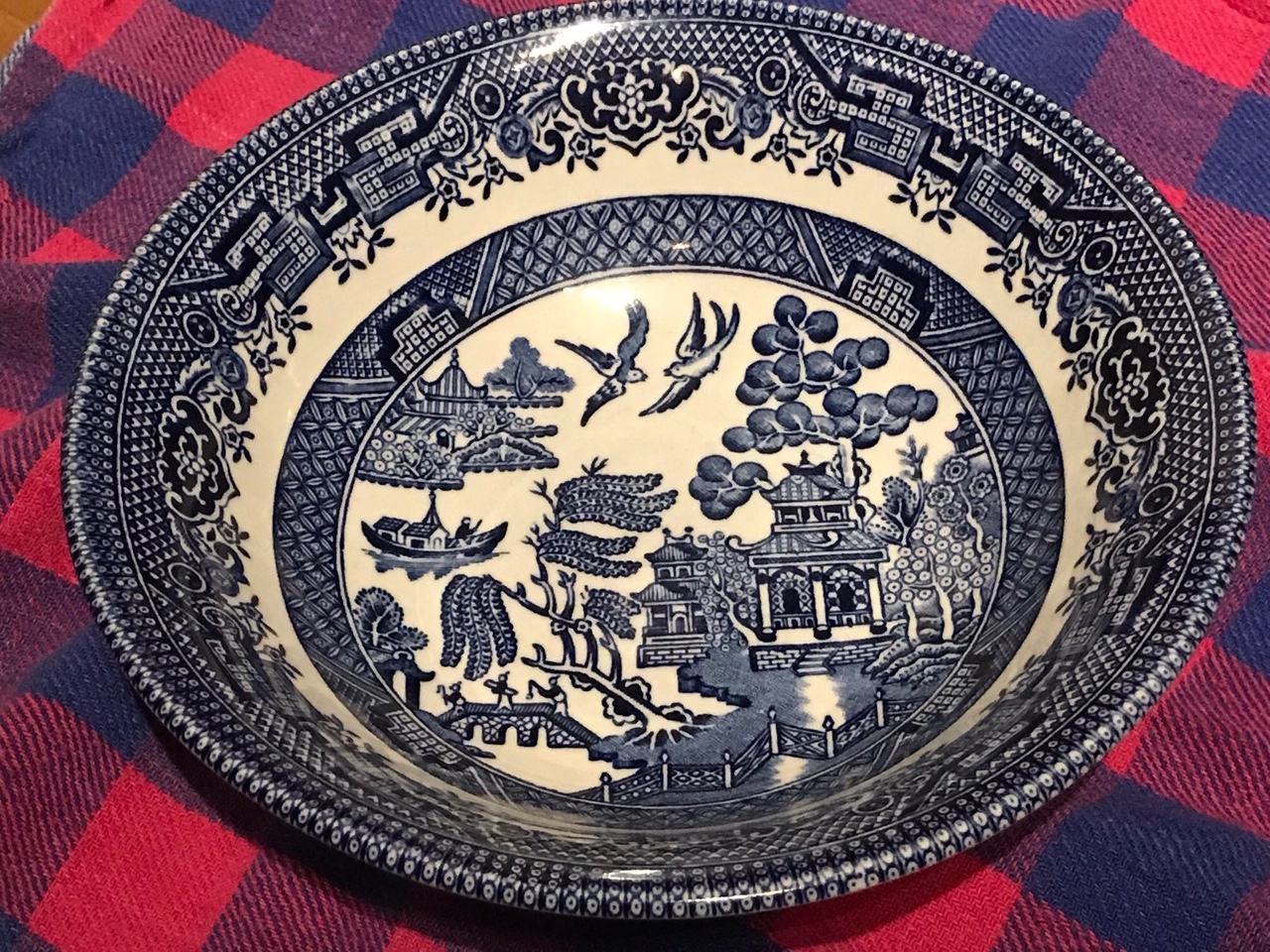
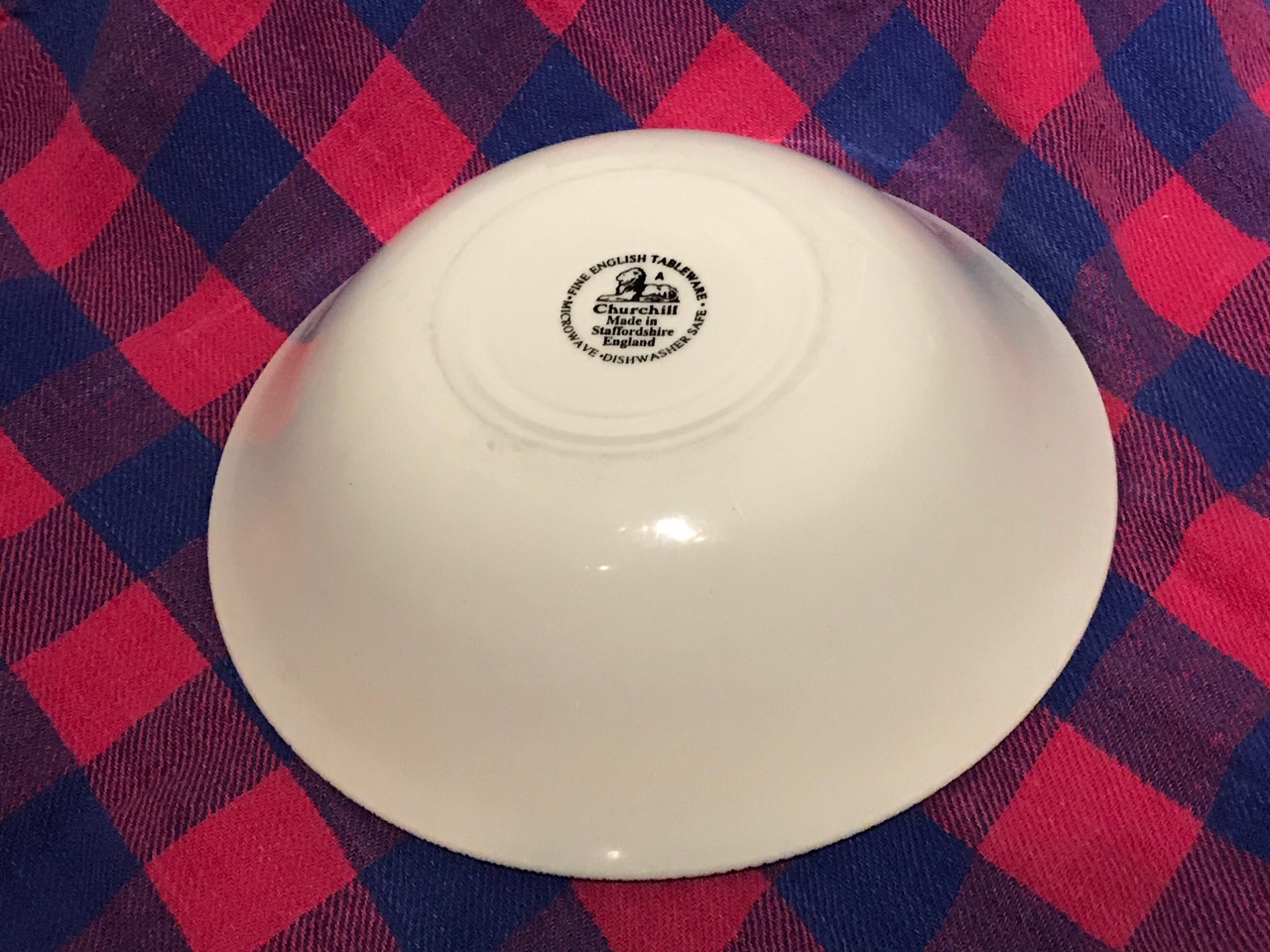
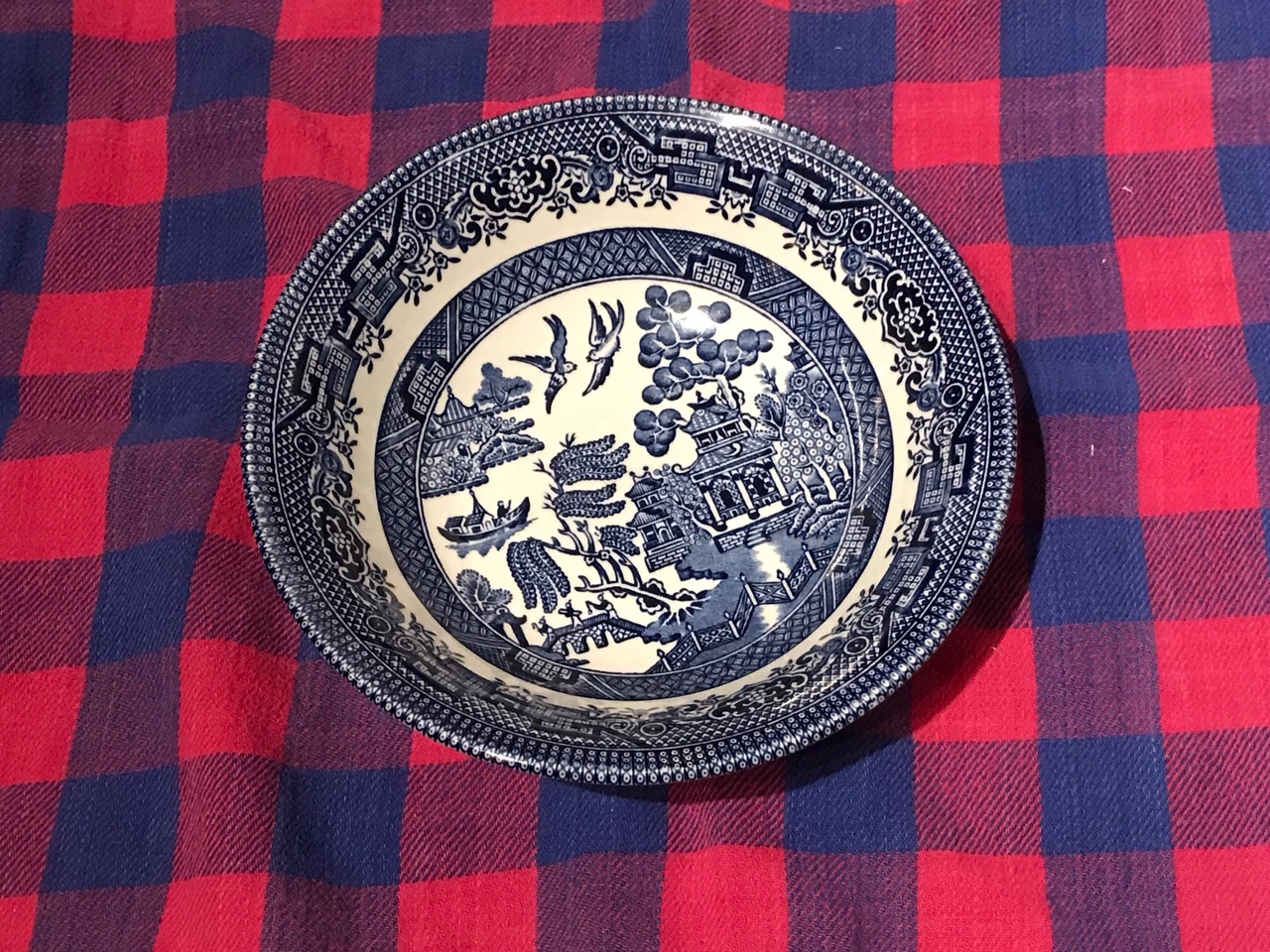
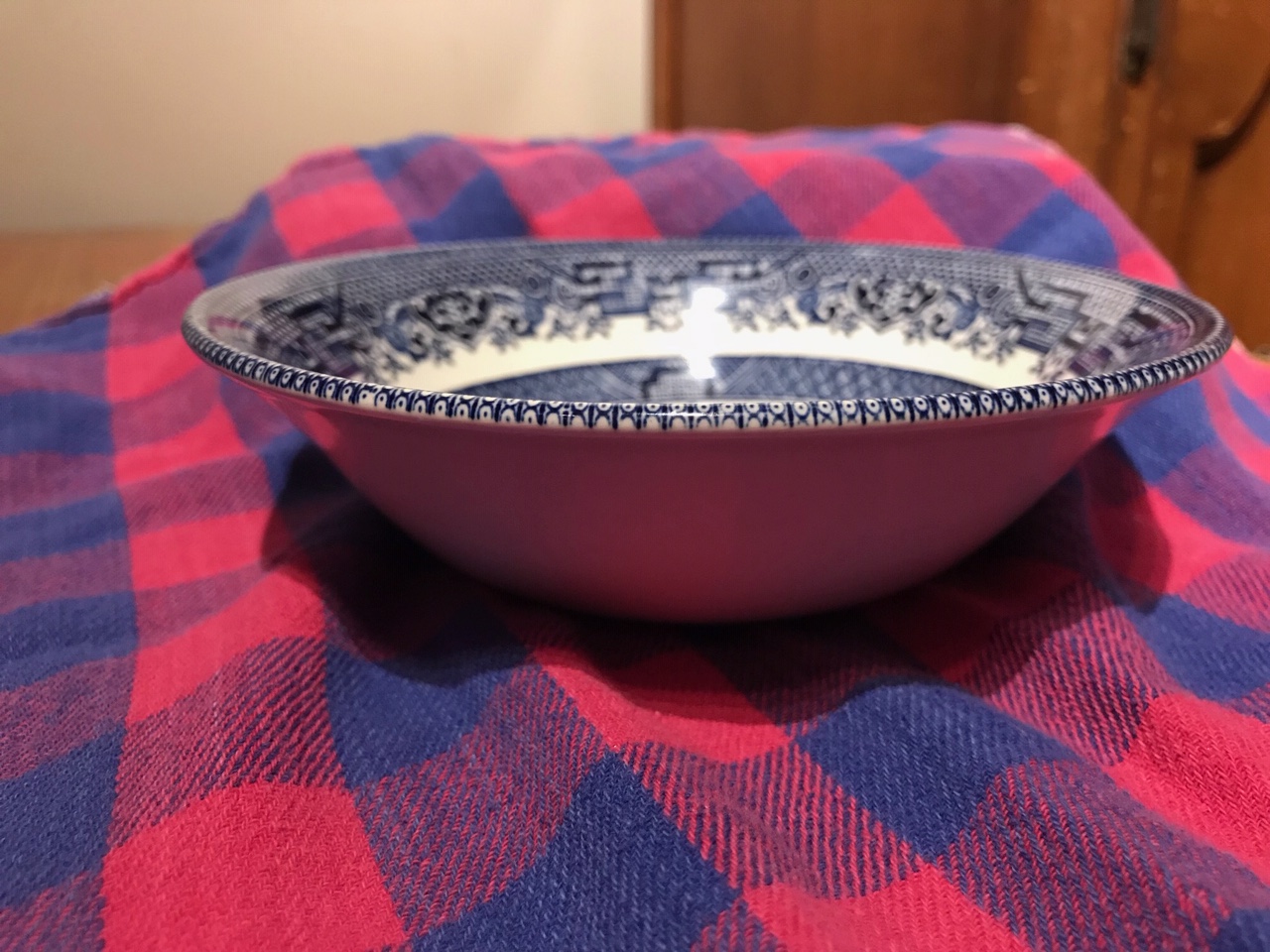

Thank you for testing this bowl, I really appreciate your efforts and what you are doing for people affected by this terrible use of lead in glaze.
Very concerned and have shared your website with family and friends.
Is there any brand named dishes that are sold that don’t contain lead ? Clicked on your info and taken to Amazon, but they didn’t say there’s no lead in their dishes.
Now I’m worried about my pfaltzgraff winterberry Christmas dishes and my pottery barn turkey Dishes. Have you had any problems with lead or outher harmful properties in these dishes
Can let go of my pretty vintage dishes and cook ware. (Pyrex Snowflake and harvest dishes and bowls)
I have the same bowls and plates too. Thanks for making this post because I will now stop using them. The ones I have are 30-40 years old, my grandad originally purchased them secondhand from a Chinese restaurant and we’ve used them ever since. Him, my mother and now me.
Hi,
I’m curious if you’ve found the brand new Churchill Blue Willow china to contain high levels of lead, of any lead for that matter?
I’ve heard a lot of mixed information from people who say that the new dish sets you can find on Amazon (made within the last year or two) are manufactured differently from those in the 80’s and 90’s and that they don’t contain lead. Not sure if this is true.
I was also wondering about the newer Churchill dishes.
I too am wondering about the newer blue willow pieces! Also, I have a lot of plain white corning and corelle from the 90’s and early 2000’s. Are those lead free or since they are considered vintage, one could assume they have lead? Is it the colors, other than white, that make it contain lead or is it the glaze? I know you are busy, please respond.
I agree with others and am really interested in the new willow china. I have a willow tea cup that I’ve sanded bits of the glaze down into dust and tested it with a glowing test I got [edit] the test was negative. Am I doing something wrong or did I just end up with a safe one?
I have not tried that kit yet so I don’t know if it works and I don’t know what the low threshold of detection is. Did you read this article already?
https://tamararubin.com/2023/11/incredibly-interesting-article-about-a-new-glowing-lead-testing-product/
Tamara